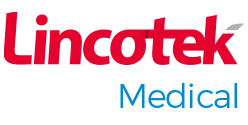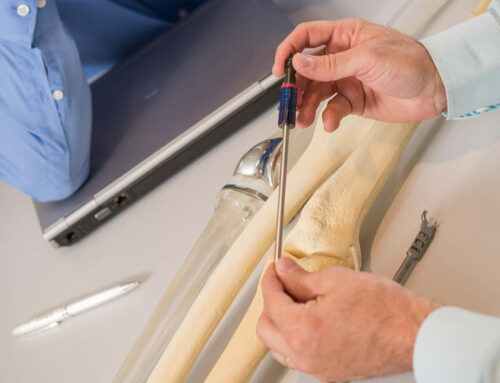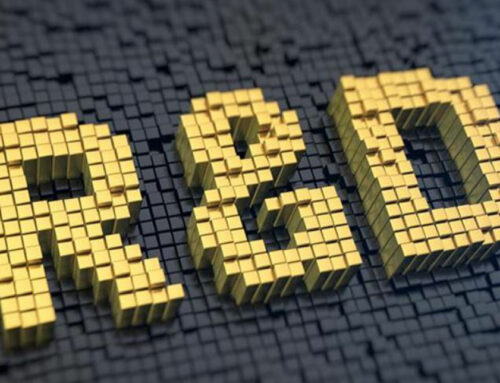Francesco Robotti, Scientific Marketing Manager at Lincotek Medical (former Eurocoating SpA) provides our first blog of 2019
14 January 2019
For many years now, we have been at the forefront of using the latest additive manufacturing, or 3D printing, technologies to produce intricately shaped devices for the orthopedic original equipment manufacturing (OEM) market. These technologies have allowed us to push the boundaries of what is possible and to help our OEM customers design and manufacture very porous structures on, and even inside, very complex design shapes, such as those used in joint replacement components.
Additive manufacturing first started in the late 80s but only became attractive for use in a range of applications involving structural requirements around 2000 when metals and metal alloys became part of the game. This extended the use of 3D printing and was a revolution as it enabled the technology to be used in situations where mechanical performance mattered. The most important metals we use in orthopedic reconstruction are implantable grade titanium and titanium alloys; these metals are light and corrosion resistant, and perhaps most important of all, are able to promote osteointegration.
A key feature of additive manufacturing is that it allows high freedom of design, enabling us to create porous 3D networks, or honeycomb-like structures, that will facilitate bone ingrowth, with varying surface finishes of titanium to promote bone adhesion, cohesion and strength. Freedom of shape is another advantage, such that we can help our customers to design and manufacture almost any kind of shape to suit their needs. The only real constraint is likely to be the finishing steps that the device needs to receive in order to meet the required final specifications. Finishing is necessary for removing original building support residuals as well as when polished surfaces are requested and tight tolerances have to be matched in some portion of the device. Finishing consists of conventional manufacturing post processes applied to the raw parts after being released from the 3D printing step.
Balancing the additive manufacturing and finishing steps against the desired level of design freedom, production time, cost efficiency and necessary safety, can be challenging. However, generating and finishing complex geometric devices efficiently is possible thanks to the One-Stop Shop approach, where the whole process is designed and executed to release 3D-printed ready-to-use parts. This is the way we can help our customers to achieve their goals.
Two of the most intriguing additive manufacturing technologies that we have pioneered in recent years are electron beam melting (EBM) and direct metal laser sintering (DMLS). These have particular capabilities and limitations that may offer different competitive solutions for our customers. EMB for example may be a better choice if the aim is to produce a larger device with a rougher-surfaced structure. Whereas DMLS may be the better option if a smaller, smoother, and more complex devices are to be produced. Deciding on the best technology to use and the most suitable coupled post-production processes for a specific purpose is just one aspect of our additive manufacturing services that are based on our extensive use of these technologies over the years.
Read more about our additive manufacturing capabilities.







